Pin on Junior
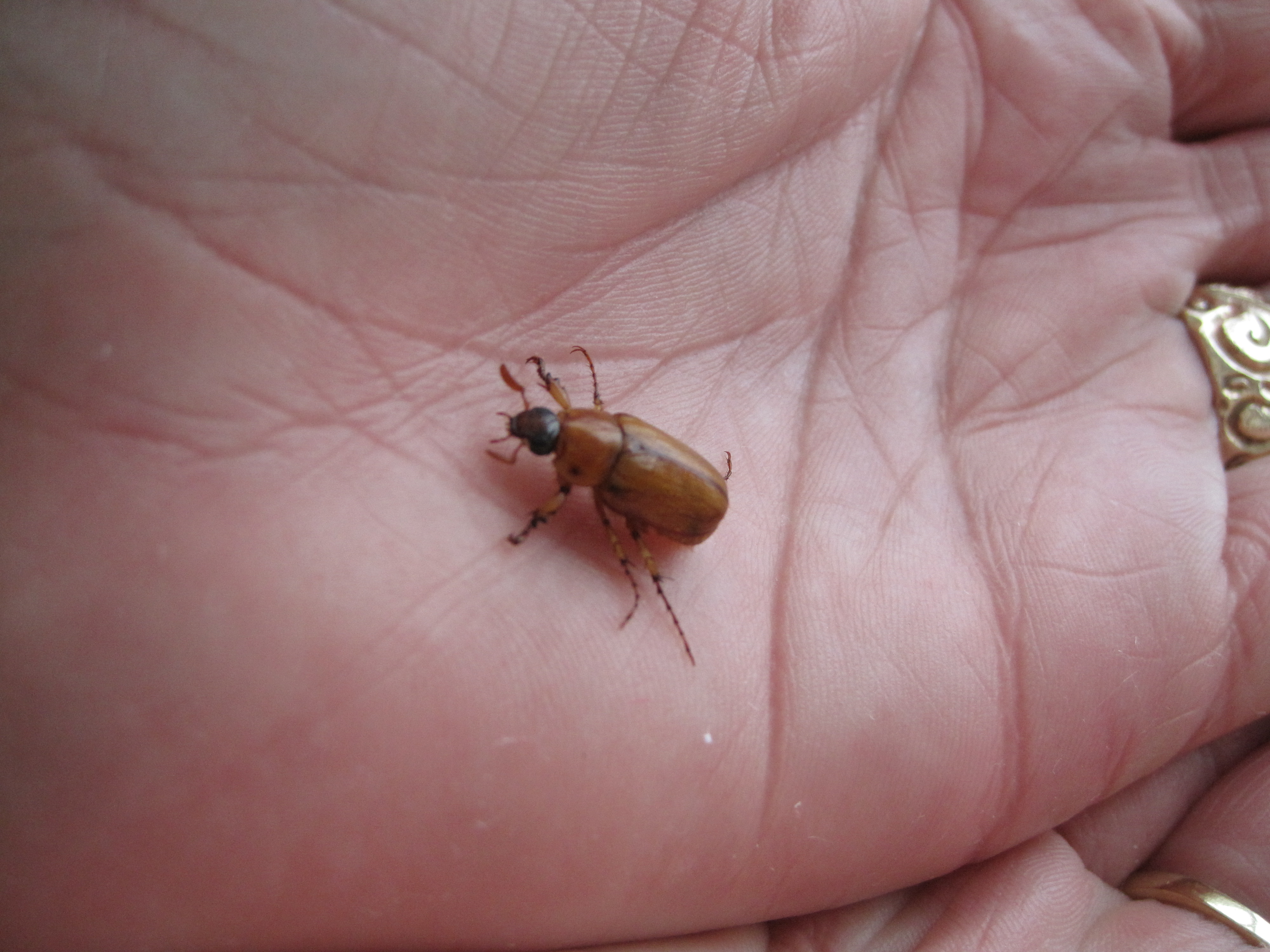
june bug DriverLayer Search Engine
The June bug is an arthropod insect; it belongs to the order of beetles, the family of platinfreet; the genus of May beetles. June bug is quite big, especially for insects. Some individuals reach 17.5-31.5 mm long. They have a broad and convex body with an elongated oval shape and with black or red-brown color.
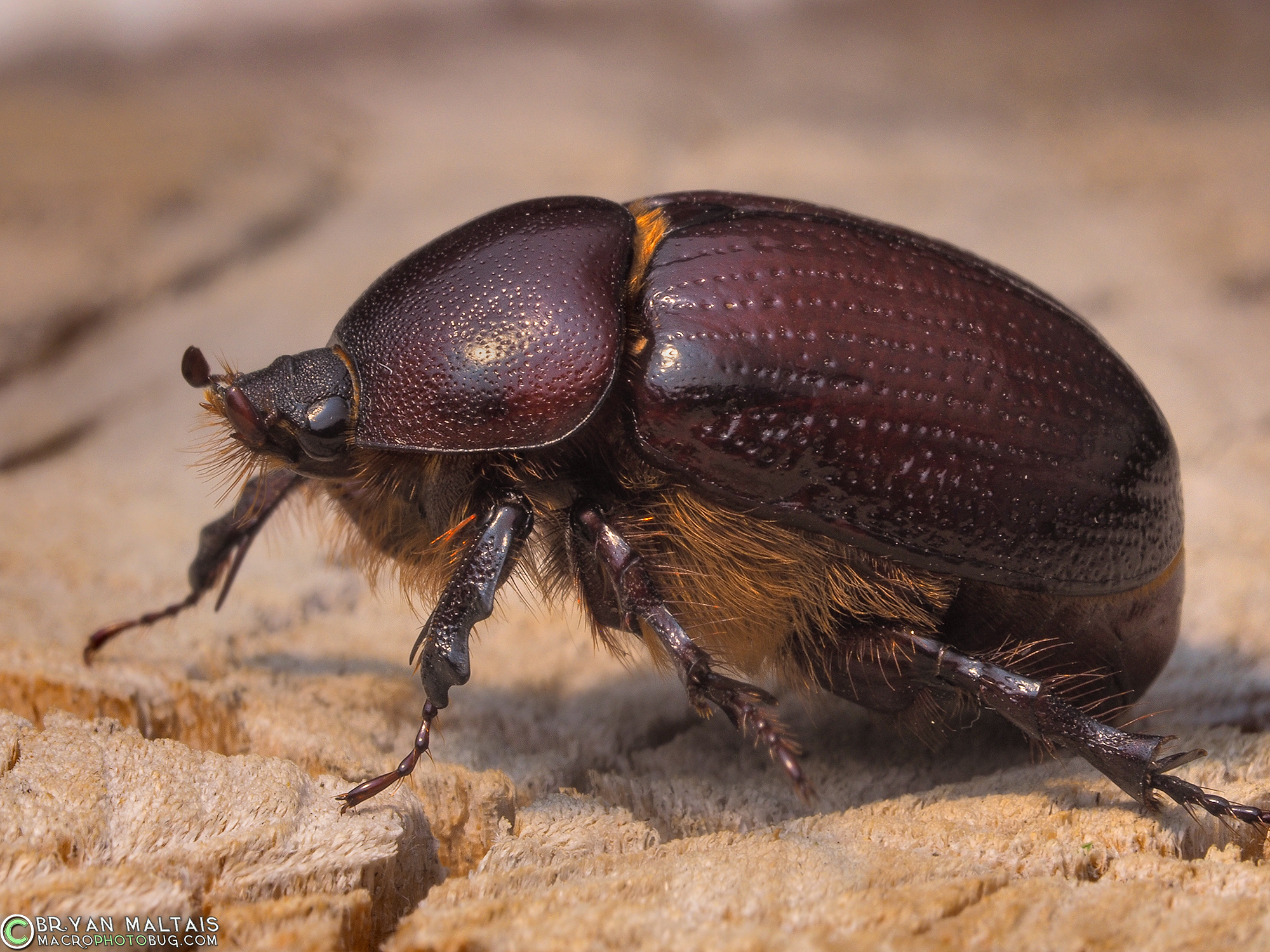
June Beetle
5 min read What Are June Bugs? The June bug is also called the May beetle or June beetle. There are over 100 species of June bugs, and all of them start their lives as white grubs.

Baby June Unidentified Wiki FANDOM powered by Wikia
June bugs are found within the genus Phyllophaga, derived from the Greek phyllon (leaf) and phaga (eat). This name is a literal description of the adult's habit of feeding on plant leaves.

Cute Baby Tarantula Runs Away From June Bug! YouTube
by Trees.com Staff - last update on December 21, 2022, 6:05 am Most people don't mind June Bugs. They don't bite or sting or look particularly disturbing. They do, however, eat a variety of plants. The nastier-looking grubs also chew the roots of plants, destroying grasses and other plantings from beneath the soil.
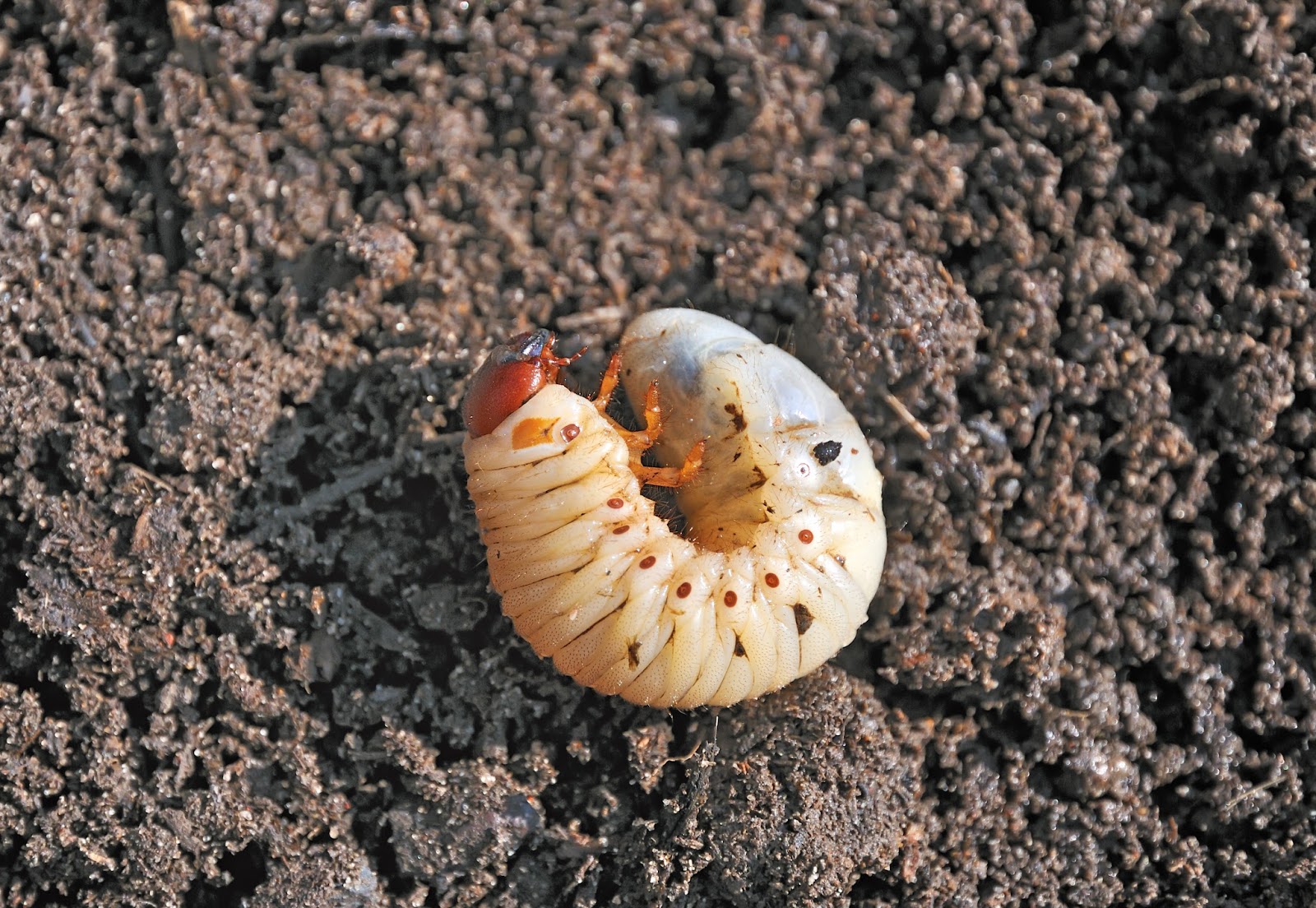
A B Pest Control and Insulation Fun Facts About June Bugs
June Bug, common name for any of several beetles in the scarab family, also called June beetle. The adults are most common in June. In the northern United States, the name is applied to the numerous species that are known as May bugs in the southern United States, where they emerge earlier.

Baby Junebug. Samoyed, Animals, Dogs
What exactly are June bug beetles? June beetles (genus Phyllophaga ), also known as June bugs or May beetles, are members of a genus of nearly 300 species belonging to the Scarabaeidae.
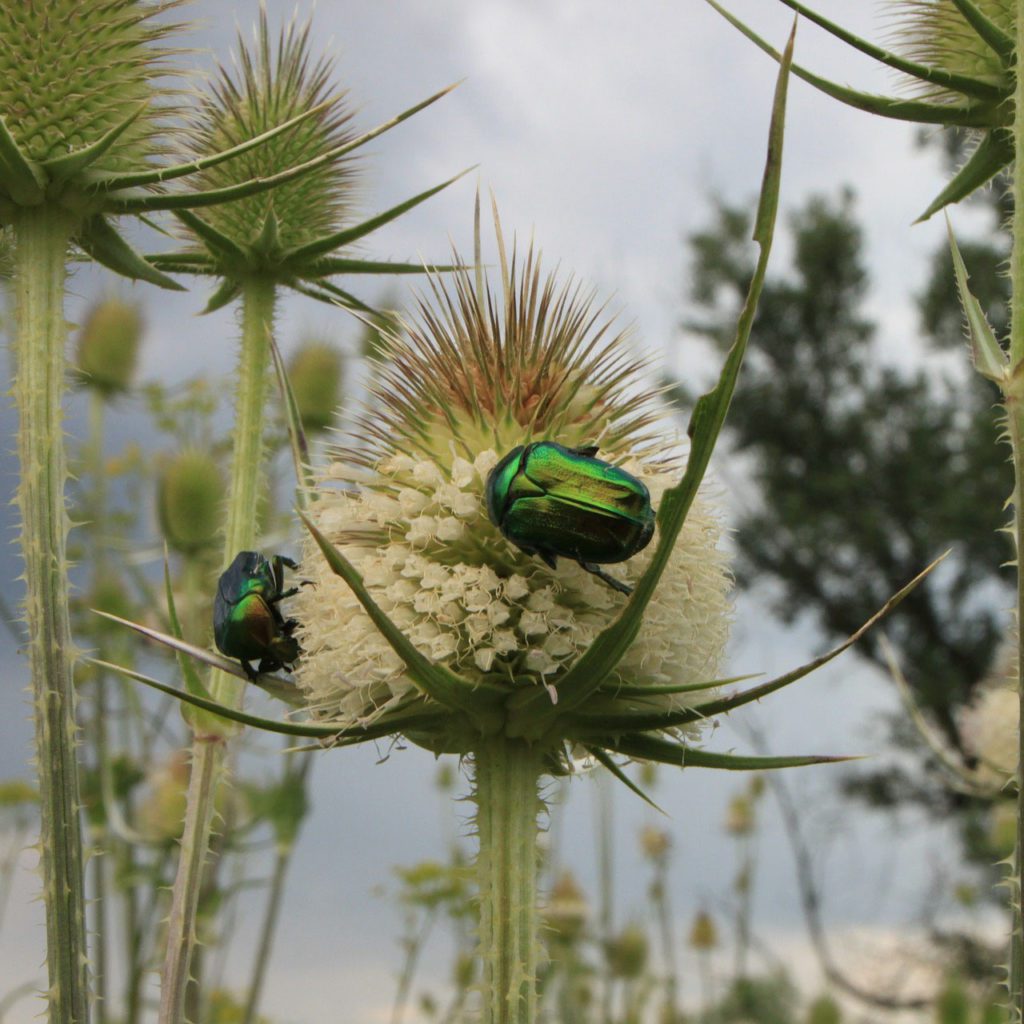
Bug of the month June Bug Home of Absolute Pest Control
What Does a June Bug Look Like? By SF Gate Contributor Updated Aug 10, 2021 5:51 p.m. Also known as May beetles, June bugs (Phyllophaga spp.) are not actually bugs at all, but clumsy, bumbling beetles that belong to the Scarab family.

June Bug June bug, Baby face, Face
Baby june bugs, or larvae, eat a lot! They voraciously consume leaves and other plants. In the wintertime, they will also eat tree bark. june bug sitting on leaf What is the purpose of a june bug? The purpose of a june bug is to eat! These insects are important in the ecosystem because they help to control populations of other pests.
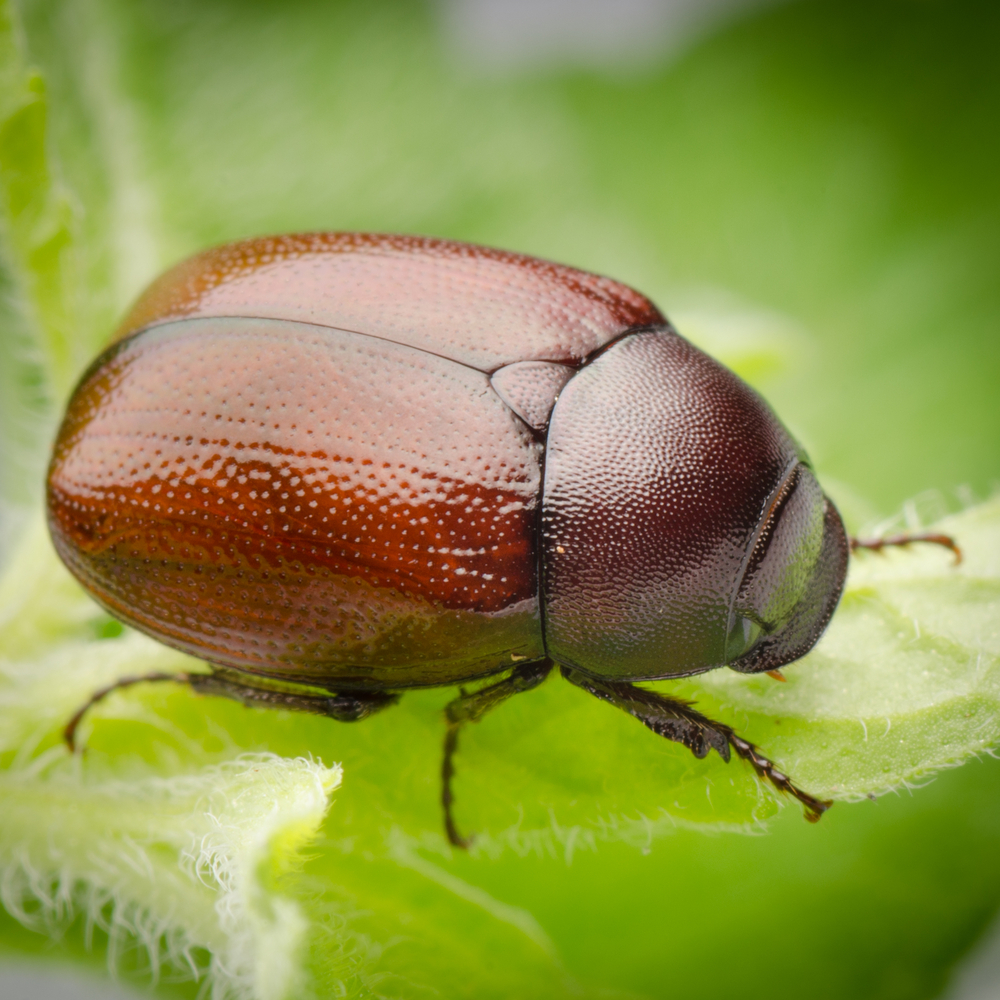
How To Get Rid Of June Bugs In Your Yard change comin
Beetles Phyllophaga, a genus of beetles in the subfamily Melolonthinae of the family Scarabaeidae, also known as June bugs or June beetles Green June beetle ( Cotinis nitida ), of the southeastern United States Ten-lined June beetle ( Polyphylla decemlineata ), of the western United States and Canada

Bug o' the Week June Bug Redux Riveredge Nature Center
June bugs are a rich source of protein (40 to 50 per cent) and fat (seven to 18 per cent). Many wild animals such as skunks, raccoon and several bird species consume June bugs across all stages of.

June Bug Colours Cool Creepy Critters
June bugs, also known as May beetles, get their name because the adult beetles will emerge from the ground to mate in the early summer, typically in May or June. Therefore these beetles are.

Pin on Junior
June bugs (also known as June beetles or May bugs in some areas) are the adult phase of the various species of insects in the Phyllophaga genus. The insect most associated with the common name of "June bug" is Phyllophaga longispina, although there are several other species also known by that name.

2019 June Beetle Update
Cotinis nitida, commonly known as the green June beetle, June bug or June beetle, is a beetle of the family Scarabaeidae.. The green June beetle is active during daylight hours. The adult is usually 15-22 mm (0.6-0.9 in) long with dull, metallic green wings; its sides are gold and the head, legs and underside are very bright shiny green..

Back in the Spring I remember finding this sweet little june bug
While some of the larger June beetles require 2 or 3 years to complete their life cycle, the masked chafers need only one year. The adult beetles emerge from the ground in late spring and early summer to mate and lay their eggs. The adult beetles do not feed, so they live only a short time. The larvae, the "white grubs", then feed in the.
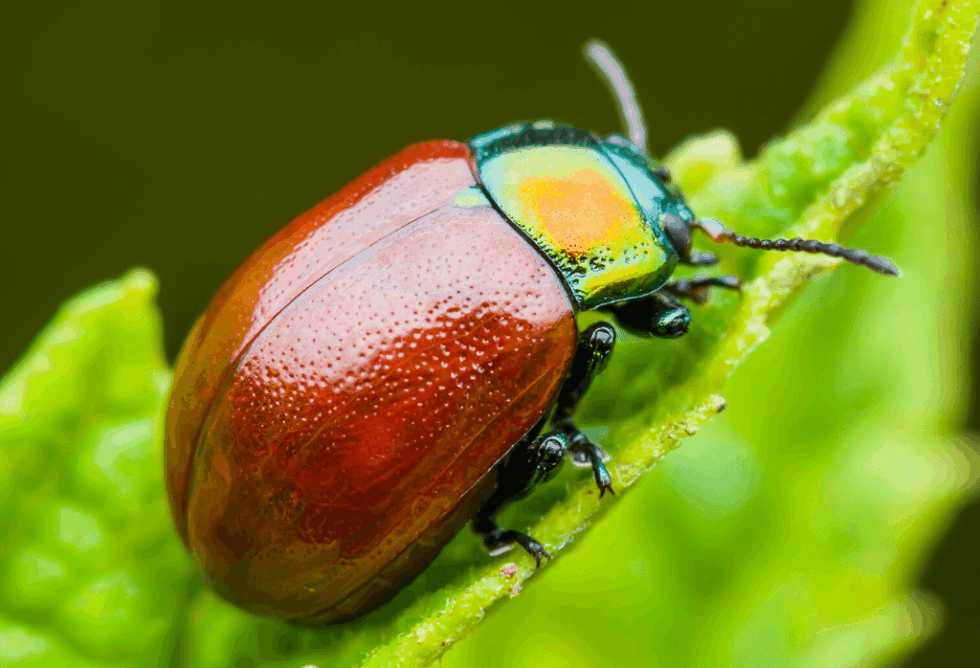
June Bugs ExperiGreen
June beetle, (genus Phyllophaga ), genus of nearly 300 species of beetles belonging to the widely distributed plant-eating subfamily Melolonthinae (family Scarabaeidae, order Coleoptera ). These red-brown beetles commonly appear in the Northern Hemisphere during warm spring evenings and are attracted to lights. June beetle
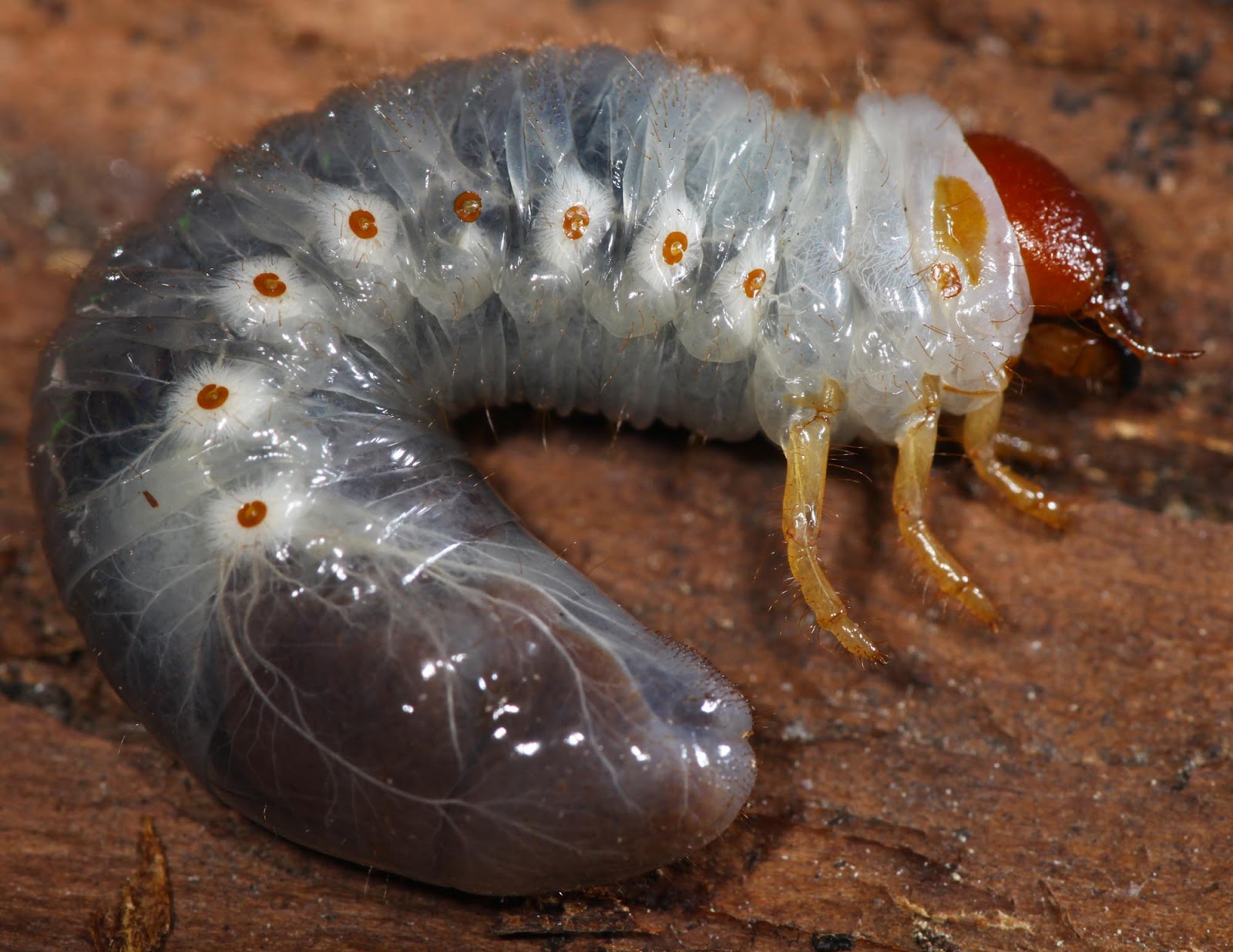
All of Nature June Beetle Pupae
A lot of homes in Oklahoma City have been invaded by June bugs, and the number of June bugs are especially high this summer.SSubscribe to KOCO on YouTube now.